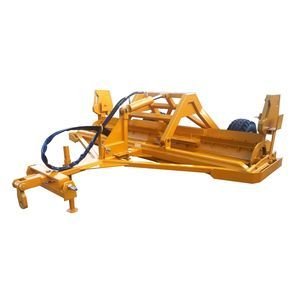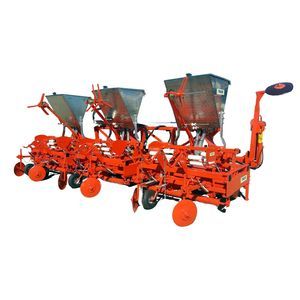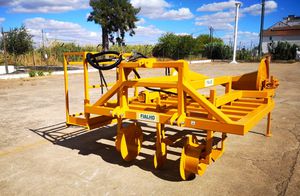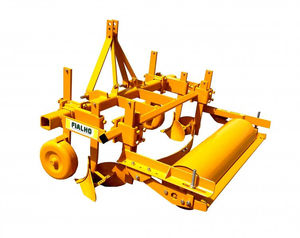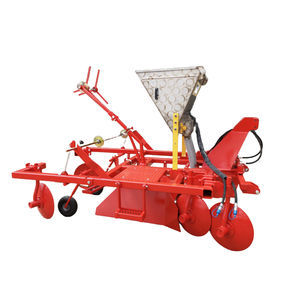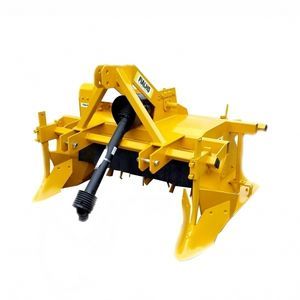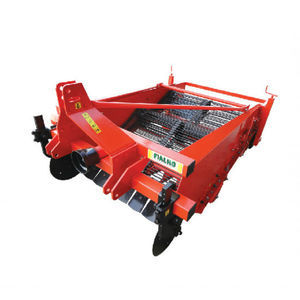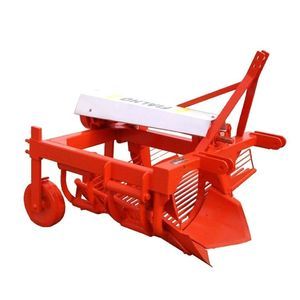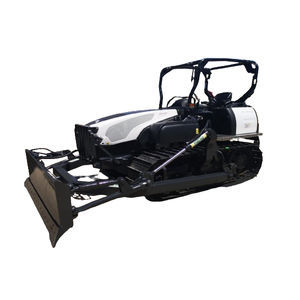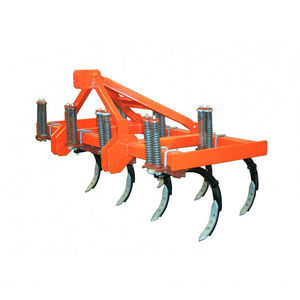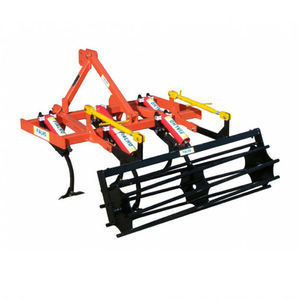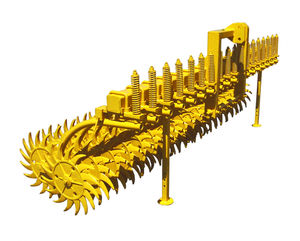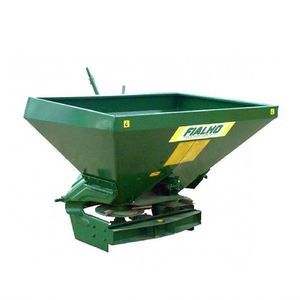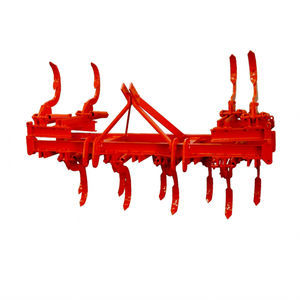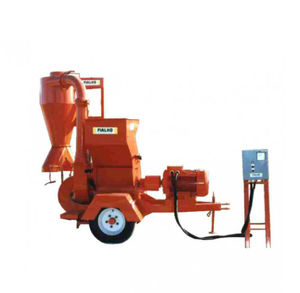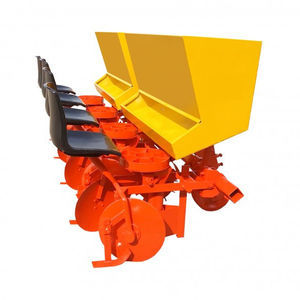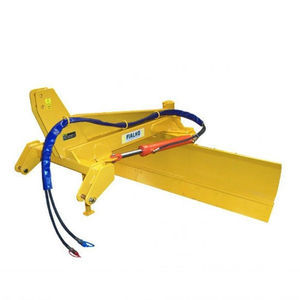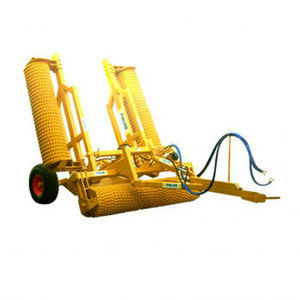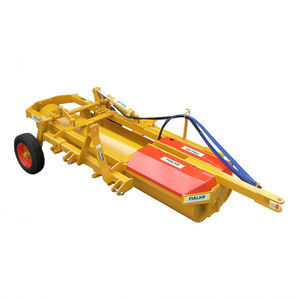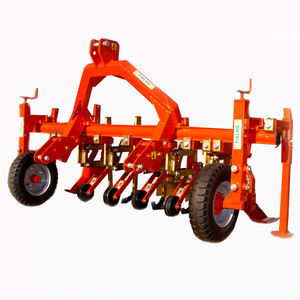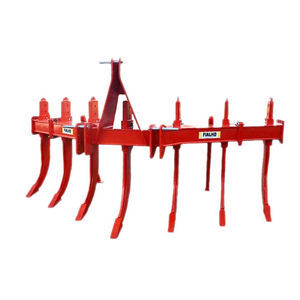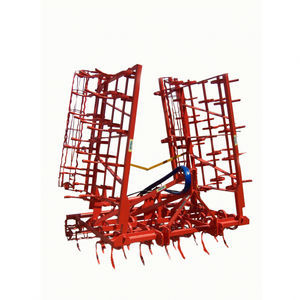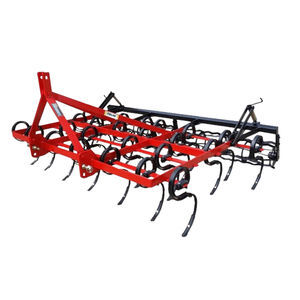
- Products
- Single-row driptape laying machine
- FIALHO e IRMAO LDA

- Products
- Catalogs
- News & Trends
- Exhibitions
Single-row driptape laying machine KITAPE 2015
Add to favorites
Compare this product
Characteristics
- Type
- single-row
Description
Kitape 2015 Irrigation Tape Buriers: Cutting-Edge Technology for Modern Agriculture
In the quest for efficient and versatile solutions in modern agriculture, the Kitape 2015 Irrigation Tape Burier stands out as a revolutionary tool. This equipment is designed to deposit and secure irrigation tape in the soil, catering to the specific needs of the crop and the convenience of the farmer.
Kitape 1 L, Kitape 2 L, and Kitape 3 L offer versatile configurations, each equipped with 1 Electro-Hydraulic Command and a corresponding number of Kitape lines. This allows farmers to choose the configuration that best suits their individual needs.
One of the most notable features of the Kitape 2015 is its electronically controlled hydraulic drive system. This system is guided by the equipment's movement and ensures precise distribution and fixation of the irrigation tape, regardless of the tractor's speed. This automation not only saves time but also guarantees consistent results, crucial for high-quality agriculture.
The true highlight of the Kitape 2015 is its versatility. When combined with other agricultural machines and implements, it can perform successive and simultaneous tasks, making agricultural operations simpler, more practical, and efficient. Furthermore, this integration capability helps reduce costs, making it a cost-effective choice for farmers of all sizes.
*Prices are pre-tax. They exclude delivery charges and customs duties and do not include additional charges for installation or activation options. Prices are indicative only and may vary by country, with changes to the cost of raw materials and exchange rates.

